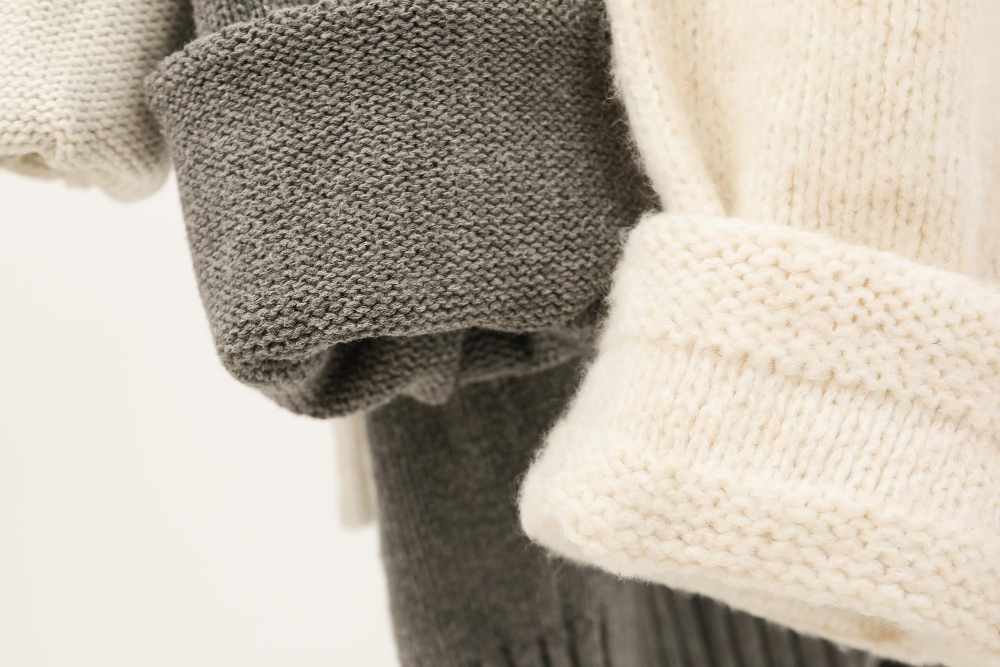Knitwear is a versatile addition to any wardrobe, offering coziness and style while keeping you warm during days and nights. It’s essential to maintain the quality of your knit clothing for long-lasting wear and enjoyment. This guide provides insights into preserving the life of your knit items, with tips on washing, drying, storing, and mending them over time.
Exploring Different Types of Fibers
Various types of fibers used in the creation of knit clothing significantly influence their care requirements. For instance, wool and cashmere demand delicate handling, while cotton is more resilient to washing. Understanding the characteristics of each fiber helps you choose maintenance techniques that protect the durability and longevity of your garments.
Washing Knitwear the Right Way
Proper washing methods are critical for preserving the shape and softness of your knitwear. Hand wash your knit clothing using cool water and a gentle detergent designed for delicate fabrics. Avoid harsh machine agitation or vigorous rubbing. Instead, swish the items gently in the water and rinse thoroughly to remove all soap residue. Air dry your garments flat to maintain their original fit and texture, avoiding the wear and tear caused by machine drying.
If you’re short on time, using a machine’s gentle spin cycle can remove excess water without damaging the fabric. However, always lay your garments flat to dry to prevent stretching or misshaping.
Effective Methods for Drying Knitwear
Drying plays a crucial role in maintaining the lifespan of your knitwear. Lay your garments on a clean towel, reshape them as necessary, and allow them to air dry away from direct sunlight or heat. Avoid using dryers, as they can cause shrinking or distortion.
For a complete wardrobe of versatile knit clothing for any occasion, consider exploring Versatile Knit Clothing for Any Occasion, which combines functionality with style while maintaining high-quality fabrics that are easy to care for.
Storage Solutions for Knitwear
Proper storage is vital for keeping your knitwear in top condition. Fold heavier pieces to avoid stretching, and store them in drawers or shelves for easy access and organization. Using breathable storage bags can protect your garments from dust and pests while allowing air circulation.
To prevent moth damage, consider placing cedar blocks or lavender sachets in your storage spaces. Ensure the area is cool and dry to avoid mold growth, which can harm delicate fibers.
Routine Maintenance and Repairs
Routine upkeep helps keep your knitwear looking fresh and new. Address snags or pulls promptly by pulling loose threads to the inside of the garment with a crochet hook or needle, avoiding cuts that could worsen the damage.
Fabric pills, which develop from regular wear, can be removed with a fabric shaver or sweater stone, restoring your clothing’s original look. Regularly inspect your knit items for signs of wear to ensure timely repairs and prevent further damage.
Conclusion
Taking care of knitwear involves mindful practices that preserve its quality and extend its lifespan. By understanding the fibers, adopting proper washing and drying techniques, and storing items thoughtfully, you can maintain your wardrobe’s elegance and functionality. With regular maintenance, your knit clothing will remain a staple in your wardrobe for years to come, contributing to both sustainable fashion and environmental responsibility.

